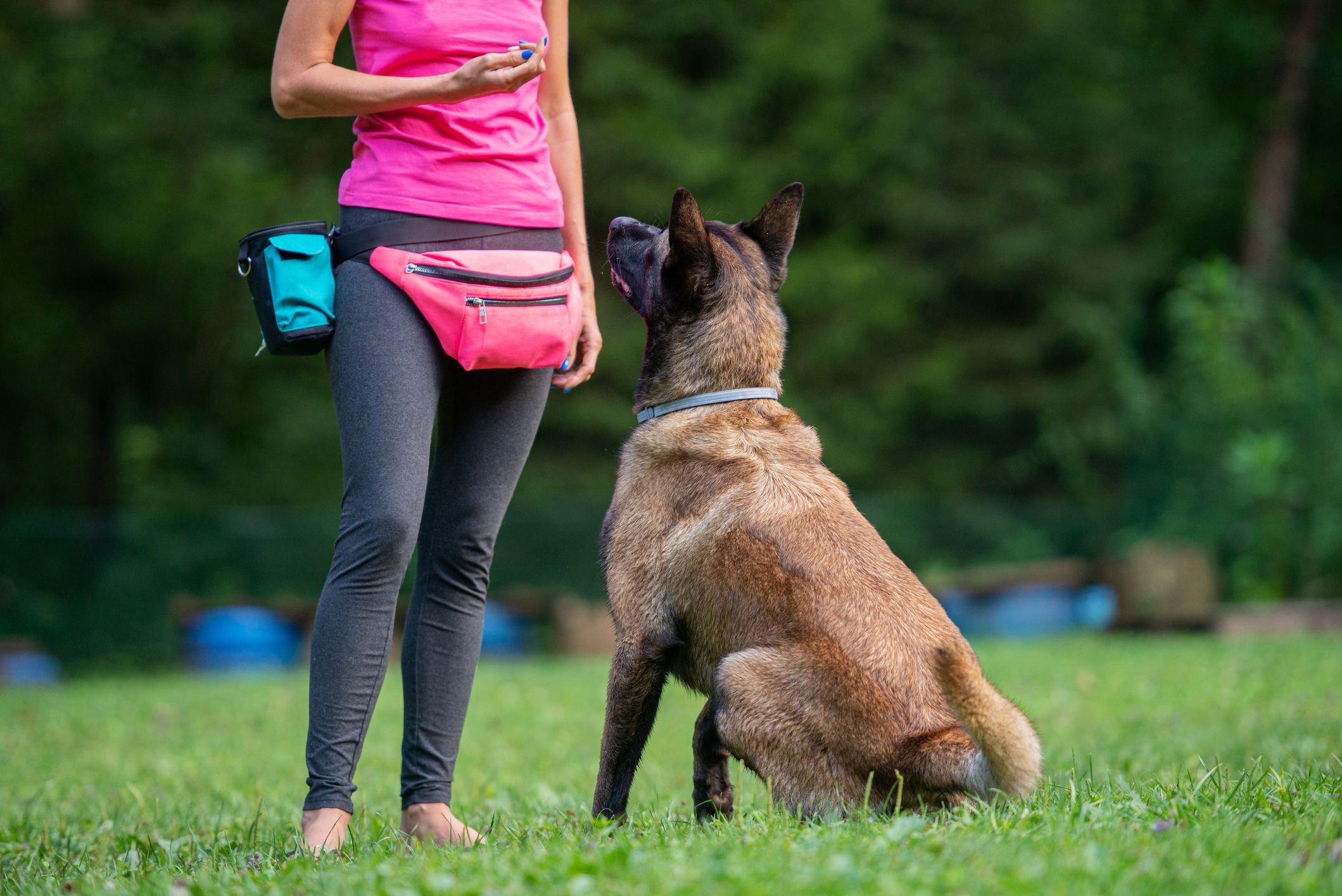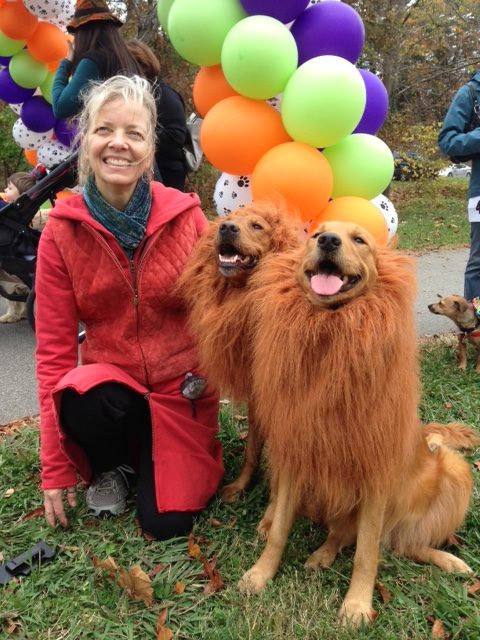Vital Strategies for Reliable Dog Training You Need to Know
Vital Strategies for Reliable Dog Training You Need to Know
Blog Article
Essential Tips for Successful Dog Training: A Guide for Animal Owners
Reliable pet dog training is a multifaceted procedure that needs a tactical strategy tailored to both the pet's personality and the owner's purposes. Comprehending how to browse these obstacles can dramatically improve the training experience, ultimately changing the relationship between proprietor and pet dog.
Understanding Dog Actions
Comprehending canine actions is necessary for effective training and fostering an unified relationship in between dogs and their proprietors. Pets interact mainly through body language, vocalizations, and activities, making it crucial for proprietors to interpret these signals precisely. Identifying a canine's pose, tail position, and ear positioning can give understandings into its emotion. As an example, a wagging tail does not always suggest joy; it can also indicate enjoyment or anxiousness.

Socializing plays a considerable role in pet habits; exposure to various settings, people, and various other pets can substantially influence a dog's personality. In addition, variables such as type qualities and specific temperament should guide training approaches, as some types may have specific behavior characteristics that necessitate customized techniques. By recognizing these aspects, proprietors can produce a supportive setting that encourages favorable behavior, bring about successful training end results and a deeper bond with their pet dogs.
Establishing Regular Commands
Effective interaction with your canine starts with establishing constant commands. This fundamental aspect of training is critical for promoting understanding in between you and your animal. Uniformity in the commands you use makes sure that your dog can dependably link particular words or expressions with the desired habits.
When picking commands, choose clear, unique words that are very easy to set apart and state from each other. Prevent utilizing similar-sounding commands that may puzzle your pet dog. For example, utilizing "rest" and "stay" is suitable, however "rest" and "hit" could cause misconceptions.
Furthermore, keep the same tone and volume for each command. Canines are delicate to singing signs, so differing your tone can develop confusion.
It is equally important to ensure that all relative are on the same web page relating to the commands utilized. A united front in command usage will certainly stop mixed signals and enhance the understanding process.
Positive Support Methods
The power of favorable support in canine training hinges on its capability to encourage wanted habits through benefits and praise. This strategy is grounded in the concept that habits adhered to by positive outcomes are extra likely to be duplicated. By integrating favorable reinforcement right into your training program, you can properly shape your pet's habits in a positive way.
To apply positive support, it's necessary to recognize what motivates your canine, whether it be deals with, toys, or spoken praise. When your dog executes a desired activity, such as resting on command, instantly compensate them with a reward or love. This association between the command and the favorable outcome enhances their understanding.
It's vital to timing the rewards properly; supplying the reinforcement within seconds of the preferred actions helps your pet dog make the link (dog training). Additionally, consistency is crucial-- ensure that all member of the family make use of the same commands check my reference and benefit systems to stay clear of complication

Gradually, you can minimize the regularity of deals with as your canine finds out the behavior, transitioning to applaud or recurring incentives. This method not just fosters a strong bond in between you and your dog however also advertises a positive understanding setting, making training a satisfying experience for both.
Socialization and Interaction
Regularly revealing your dog to a variety of environments, people, and other animals is important for their social advancement. Socializing needs to start early, preferably throughout the critical window of 3 to 14 weeks, when young puppies are most receptive to new experiences. Older dogs can likewise profit from recurring socialization efforts.
Present your pet dog to different setups, such as parks, pet-friendly stores, and metropolitan locations. This exposure assists them adjust to different stimuli, decreasing anxiousness and worry actions. Encourage positive interactions with various other dogs and individuals, guaranteeing that these encounters are safe and regulated to foster self-confidence.
Use organized playdates with courteous dogs, as this can enhance your pet's social skills and instruct them suitable actions. Obedience courses and training sessions likewise offer excellent possibilities for socialization, enabling your dog to connect with others in a supervised environment.
Monitor your pet's body movement throughout communications, as this will assist you determine their convenience degree. Progressively increase direct exposure to more difficult situations while making certain that each experience declares. A well-socialized canine is more probable to exhibit well balanced behavior, making them a joy to have in any setting.
Addressing Typical Training Challenges
Every canine proprietor will certainly experience training challenges at some time, no matter their canine's age or socialization level. Determining common concerns such as stubbornness, disturbances, and fearfulness can aid in developing effective strategies for improvement.

Diversions during training sessions can thwart focus. To combat this, begin training in a silent environment with minimal stimulations. Slowly introduce disturbances as the dog comes to be a lot more proficient in commands. Short, regular training sessions are also effective in preserving interest.
Terror can prevent a canine's discovering procedure. Progressive desensitization to the resource of concern, paired with positive reinforcement, can help ease stress and anxiety. next page Persistence is critical; never require a pet dog right into a situation that causes distress, as this might worsen the problem.
Eventually, understanding and dealing with these common challenges with an organized method will promote a more effective training experience, enhancing the bond between pet dog and owner while advertising effective understanding.
Final Thought
In summary, effective dog training relies upon an extensive understanding of canine behavior, the facility of regular commands, and the application of positive support techniques. Socialization plays a vital duty in establishing well-adjusted family pets, while attending to usual training obstacles calls for persistence and adaptability. By implementing these essential approaches, pet dog proprietors can promote a solid bond with their pets and promote desirable actions, eventually leading to a harmonious relationship in between humans and their canine companions.
Understanding pet dog actions is important for reliable training and promoting an unified relationship between dogs and their proprietors.Socializing plays a significant function in pet look at this now dog actions; exposure to various atmospheres, individuals, and various other pets can significantly impact a canine's character.The power of favorable support in pet training exists in its capability to motivate wanted actions via incentives and praise. By incorporating positive reinforcement into your training regimen, you can efficiently shape your canine's habits in a useful manner.
In summary, successful dog training relies on an extensive understanding of canine behavior, the establishment of consistent commands, and the application of positive support strategies.
Report this page